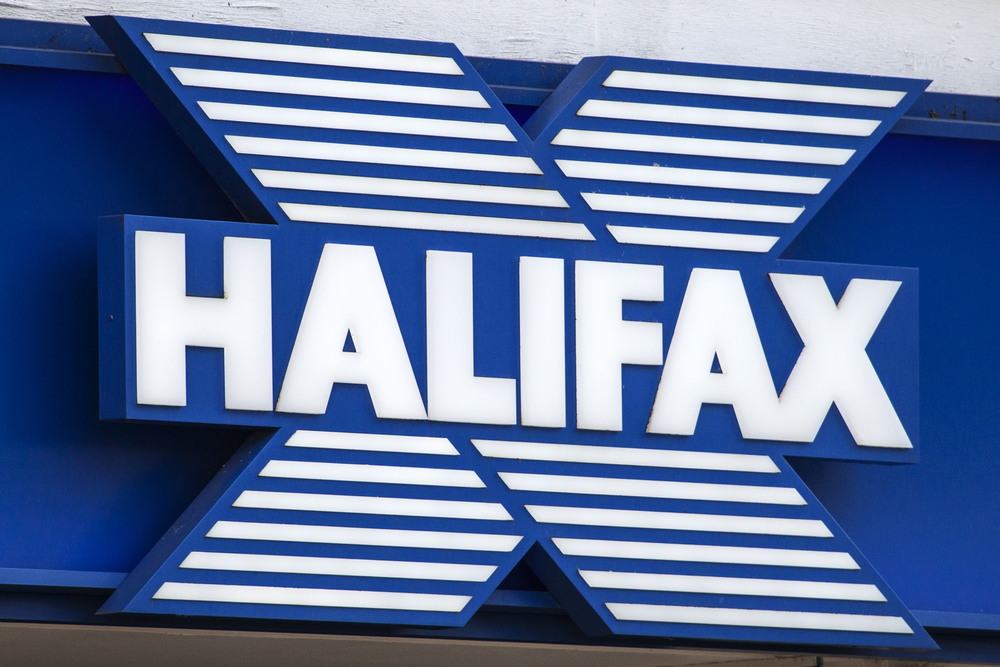
In Q2 2024 there were 51,459 new buy-to-let loans advanced in the UK, worth £8.9bn. This was up 26% by number (27.7% by value) compared with the same quarter in 2023.
This is according to the latest buy to let mortgage market update from UK Finance.
The report for the second quarter shows the average gross buy-to-let rental yield for the UK was 6.9%, compared with 6.51% in the same quarter in the previous year.
The average interest rate across all new buy-to-let loans in the UK was 5.19% in Q2 2024. This was 21 basis points lower than in the previous quarter, but 0.04 basis points higher than in the same quarter of 2023.
Reflecting the movements in interest rates, the average buy-to-let interest cover ratio (ICR) for the UK in Q2 2024 was 196%, up from 190% in first quarter 2024, and equal to 196% a year previously.
The number of BTL fixed rate mortgages outstanding in Q2 2024 was 1.4 million, 2% up on a year previously. In contrast, the number of variable rate loans outstanding fell by 14.8% to 565,815.
At the end of Q2 2024 there were 13,570 buy-to-let mortgages in arrears greater than 2.5% of the outstanding balance. This was up 51% on the same quarter a year previously.
There were 710 buy-to-let mortgage possessions taken in Q4 2024, up 33.8% on the same quarter in 2023.
Commenting on the latest data Paragon Bank Mortgages commercial director Russell Anderson said UK Finance’s buy-to-let update was positive and served as evidence of the market continuing to normalise following the challenging economic and political conditions experienced last year.
“The figures reveal strong growth in total gross lending, in both the value and number of loans written, since the previous quarter and when compared to the same period in 2023.
He added: “Drilling down into the data, we that the maturities continue to be a key driver of business, with remortgaging during the quarter valuing £6.2bn, the highest since the end of 2022. Encouragingly, we also see that landlords are actively growing their portfolios, with the value of purchases increasing consecutively during the last three quarters to £2.4bn.”



